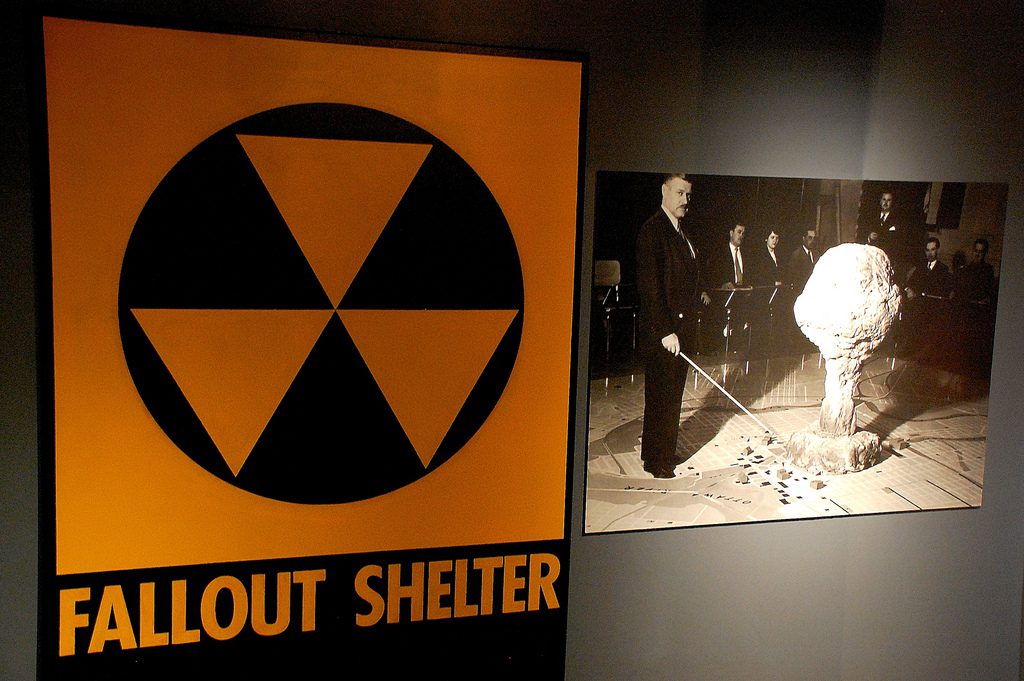A minority party in disarray after losing several seats in the Senate. A House election where only a few seats changed hands. Despite lukewarm approval ratings, a controversial president is re-elected. If it sounds familiar, that’s because it is.
In 2005, the Democratic party appeared to be on the ropes. George W. Bush had just defeated one of the weaker Democratic presidential nominees in modern history. Senate Republicans gained four seats, giving themselves a 10-seat margin, while House Republicans held on to a somewhat narrow majority. Numbers-wise, the Democratic party was in a weaker position in 2005 than Republicans find themselves today.
And even though they lacked the votes to push anything through either chamber, the Democrats fought. They filibustered. They used brinksmanship to their advantage. But instead of using the threat of a government shutdown or debt default to extract concessions from the Republican congressional majority and the Republican White House, they engineered their own crisis: a judicial nominee shutdown.
The 2005 Senate battle over the so-called nuclear option is a textbook example of how an out-of-power party can use brinkmanship to extract concessions from a ruling party with more than enough votes to steamroll the opposition.
For years, Senate Democrats had bottled up President Bush’s judicial nominees using Senate rules that require 60 votes to end debate on nominations. Even though Senate Democrats knew they lacked the votes to defeat nominations that received an up-or-down majority vote, they also knew that they really only needed 40 votes to stop any individual nomination.
“The filibuster is the last check we have against the abuse of power in Washington,” Sen. Harry Reid said at the time, implying that a duly elected president abuses his power when he appoints judges as required by the Constitution. Through early 2005, Democrats had used the filibuster to prevent confirmation of many nominees and to effectively kill the nominations of others, like Miguel Estrada and Charles Pickering, who chose to withdraw their names rather than wait for a vote they knew would never come. Due to the continued obstruction, Republicans threatened to use the “nuclear option,” an arcane procedural move whereby 51 senators vote to set a precedent that judicial filibusters are dilatory and therefore out of order in the Senate. That move would have changed the judicial confirmation threshold from 60 votes down to a simple majority.
The nuclear option also would have fundamentally altered the nature of the Senate, hence the “nuclear” moniker. To many senators, especially those with long institutional memories in the chamber, it was not a threat to be taken lightly. The Senate, after all, was the greatest deliberating body in the world. It did not exist to force through legislation using majoritarian rules like the House. The Senate was where matters were debated and amended, not where they were crammed down the throats of the minority.
Matters finally came to a head in May of 2005 after Reid and his Democratic colleagues continued, despite the nuclear option threat, to filibuster numerous nominees. The nominations of Janice Rogers Brown, Priscilla Owen, and William Pryor all languished on the calendar, as did those of William Myers and Henry Saad.
On Friday, May 20, 2005, Sen. John Cornyn filed a motion to end debate on Owen’s nomination. If, as most assumed, the vote failed to receive the support of 60 senators, Senate Republicans planned to invoke the nuclear option and end the judicial filibuster with only 51 votes. That scheduled vote, set for the next Tuesday, was the brink that would eventually force one side to blink.
On Monday, May 23 — one day before the cloture vote — senators blinked. A bipartisan group of 14 senators, comprised equally of Republicans and Democrats, sketched out a deal that would preserve the judicial filibuster while still allowing the confirmation of several pending nominees. Without those seven Republicans, the Senate majority did not have the votes to invoke the nuclear option. And without those seven Democrats, the Senate minority lacked the votes to sustain filibusters on Bush’s judicial nominees.
But Bush and the Republicans didn’t get everything they wanted, even though they controlled every lever of political power in Washington. Part of the agreement of the so-called Gang of 14 stipulated that while Brown, Owens, and Pryor could receive up-or-down confirmation votes, the nominations of Myers and Saad were to go no further. And the nominations of Estrada and Pickering would remain dead, killed by the filibuster.
Neither side got everything it wanted, but the Democrats’ maneuvering earned them far more concessions than sheer vote counts would have suggested. As the Democrats understood, leverage matters, as does party unity, even when faced with the specter of total defeat. It’s a lesson congressional Republicans would do well to learn.



